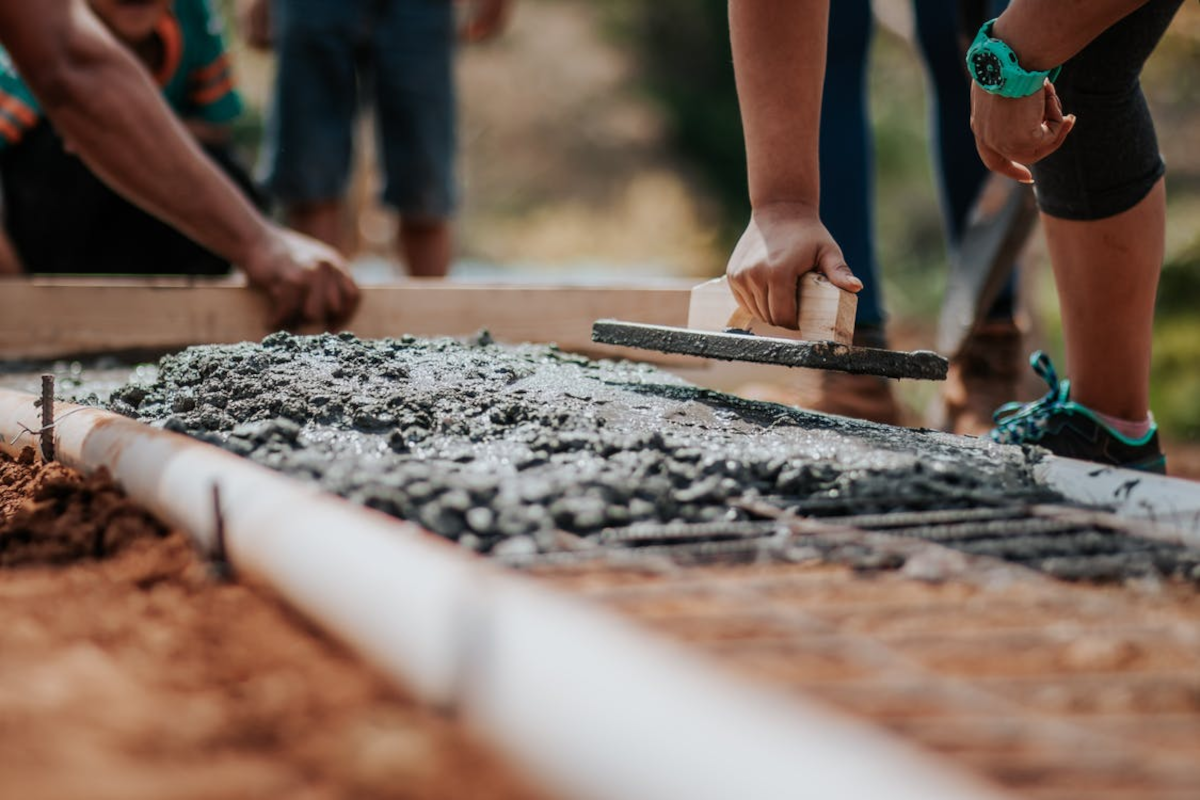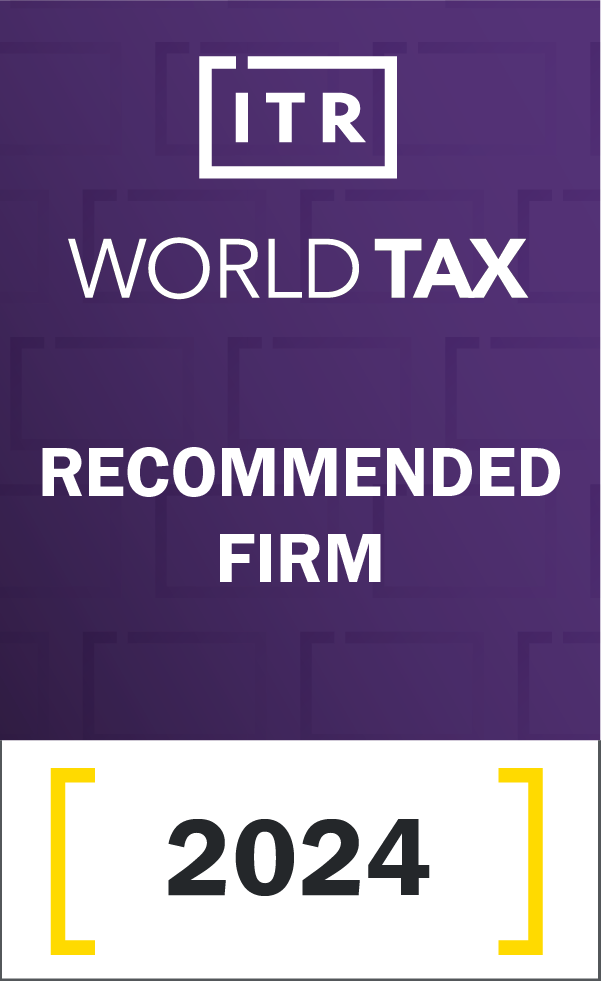Procedures for the Imposition and Reporting of VAT on Self-Building Activities
MUC Tax Research Institute
|
Wednesday, 06 April 2022

The Ministry of Finance revised the Value-Added Tax (VAT) provisions on self-building activities for residents and business premises following the increase in rates from 10% to 11% starting from 1 April 2022. This tax is only imposed on self-building activities with a building area of ??at least 200 square meters.
The revision was carried out by issuing the Minister of Finance Regulation (PMK) No. 61/PMK.03/2022 on 30 March 2022, which also revoked the previous provision of PMK No.163/PMK.03/2012 on Limitations and Procedures for Imposition of VAT on Self-Building Activities. Apart from the increase in the VAT rate, the actual tax imposition scheme for self-building activities has not changed much.
The criteria for self-construction activities that are subject to tax are still the same, those are residence and place of business with a land area of ??at least 200 square meters and the main construction consists of wood, concrete, masonry, or similar materials, and/or steel.
The self-building activities are conducted simultaneously within a certain period of time or gradually for no more than two years. If the construction process takes longer than two years, then it is considered an activity to build a separate building as long as it complies with the provisions.
In the previous provision, VAT was only payable for individuals or companies that carried out their self-building activities. In PMK No. 61/PMK.03/2022 the tax subjects are expanded, including other parties (individuals/companies) who construct buildings for individuals/companies whose VAT is not collected by other parties.
However, VAT can be exempted for other parties who build building construction for individuals/entities, as long as they can provide correct data and/or information, at least including complete identity and address.
The formula for calculating VAT is also the same, namely: 20% x VAT rate x Tax Base. The tax base is the total cost incurred and/or paid to construct a building for each Tax Period until the building is completed (excluding land acquisition costs).
The Minister of Finance Sri Mulyani Indrawati in her policy emphasized that the Input Tax paid in connection with building activities cannot be credited.
VAT Reporting Procedure
Individuals or companies that carry out self-building activities and have been confirmed as VAT-Registered Persons are required to report VAT payment in the Periodic VAT Return (SPT) to the registered tax office. As for individuals or companies which are not VAT-Registered Persons, they are considered to have made a report as long as they have paid the VAT.
The obligation to report VAT payment is exempted for individuals or companies for which there is zero VAT payable.
The Minister of Finance emphasized that the old provisions still apply to VAT payable on self-building activities before the April 2022 Tax Period whose taxes were paid before PMK No. 61/PMK.03/2022 was issued. However, if the VAT payable is paid at or after the enactment of the Ministerial Regulation, the calculation, payment, and reporting of VAT on self-building activities follow the new provision.
This affirmation by the Minister of Finance Sri Mulyani Indrawati is a mandate of the Harmonized Tax Law (UU HPP), one of the clauses of which is to gradually increase the VAT rate starting 1 April 2022 to 11% and to 12% by the end of 2024.
Illustration
Self-Building Activities at Once
Example 1:
Mr. W built himself a house to live in. The construction will be carried out simultaneously starting in June 2022 with an area of ??50m2 (fifty square meters). The building of the residential house is not subject to VAT.
Example 2:
Mr. X built a house himself. The construction will be carried out simultaneously starting in June 2022 with an area of ??200m2 (two hundred square meters).The building of the residence is subject to VAT.
Gradual Building Activities
Example 1:
Mr. Y built his own warehouse with an area of ??120m2 (one hundred and twenty square meters) to support his business activities. The warehouse building process is carried out in stages with details of the building area being built as follows:
- in June 2022 covering an area of ??50m2 (fifty square meters); and
- January 2023, 6 (six) months after the first phase, the construction of 70m2 (seventy square meters) will be continued.
The stages of the building as intended in number 1 and number 2 are a unit of activity because the grace period between these stages does not exceed 2 (two) years.
However, the total building area built in one unit of activity does not exceed the limit of 200m2 (two hundred square meters). Therefore, the self-building activities are not subject to VAT.
Example 2:
Mr. Z built his own warehouse with an area of ??300m2 (three hundred square meters) to support his business activities. The warehouse building process is carried out in stages with details of the building area being built as follows:
- June 2022 covering an area of ??100m2 (one hundred square meters); and
- January 2023, 6 (six) months after the first phase, the construction of an area of ??200m2 (two hundred square meters) will be continued.
The stages of the building process as intended in number 1 and number 2 are a unit of activity because the grace period between these stages does not exceed 2 (two) years. In addition, the total area of ??buildings built in one unit of activity has exceeded the limit of 200m2 (two hundred square meters). Therefore, the self-building activities are subject to VAT.
Example 3:
Mr. A built his own shophouse with an area of ??250m2 (three hundred square meters). The building process of the shophouse is carried out in stages with details of the building area being built as follows:
- June 2022 covering an area of ??100m2 (one hundred square meters); and
- January 2025, 2 (two) years and 6 (six) months after the first phase, the construction of an area of ??150m2 (one hundred and fifty square meters) will be continued.
The stages of the building process as intended in number 1 and number 2 are not a single unit of activity. Therefore:
- Building activities in June 2022 are subject to VAT considering that the area of ??the shophouse to be built exceeds the limit of 200m2 (two hundred square meters) and when it is payable for the building activity itself occurs at the start of the building activity, and
- Building activities in January 2025 are separate building activities with an area not exceeding the limit of 200m2 (two hundred square meters) so that they are not subject to VAT.


